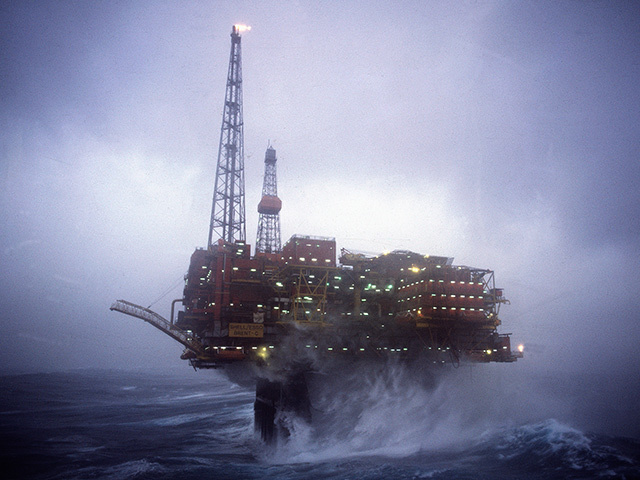
Energy giant Shell today announced plans to keep methane emissions intensity from its oil and gas assets below 0.2% by 2025.
Having been involved in a broad range of initiatives focused on reducing the emissions intensity of methane throughout the full supply chain – from production to the final consumer – Shell is implementing several programmes to ensure its own target is achieved.
The firm is using infrared cameras to scan for methane emissions, deploying advanced technology to repair leaks, and replacing high-bleed pneumatically-operated controllers with low emission alternatives.
Maarten Wetselaar, Shell’s integrated gas and new energies director, said: “This methane target complements Shell’s ambition to cut the Net Carbon Footprint of our energy products by around half by 2050, which we announced in November 2017.
“It is a further demonstration of our continued focus on tackling greenhouse gas emissions. Such efforts are a critical part of Shell’s strategy to thrive during the global energy transition by providing more and cleaner energy.”
The methane target will be measured against a baseline Shell leak rate, which is currently estimated to range from 0.01% to 0.8% across the company’s oil and gas assets.
Mark Radka, head of UN Environment’s energy and climate branch, said: “Methane is a potent greenhouse gas, but it has a relatively short lifetime in the atmosphere. That means reducing methane emissions brings immediate climate benefits, buying some time while we work out longer term solutions.
“This commitment by Shell is encouraging in itself but also because of the signals it sends to the rest of the industry.”
Recommended for you
